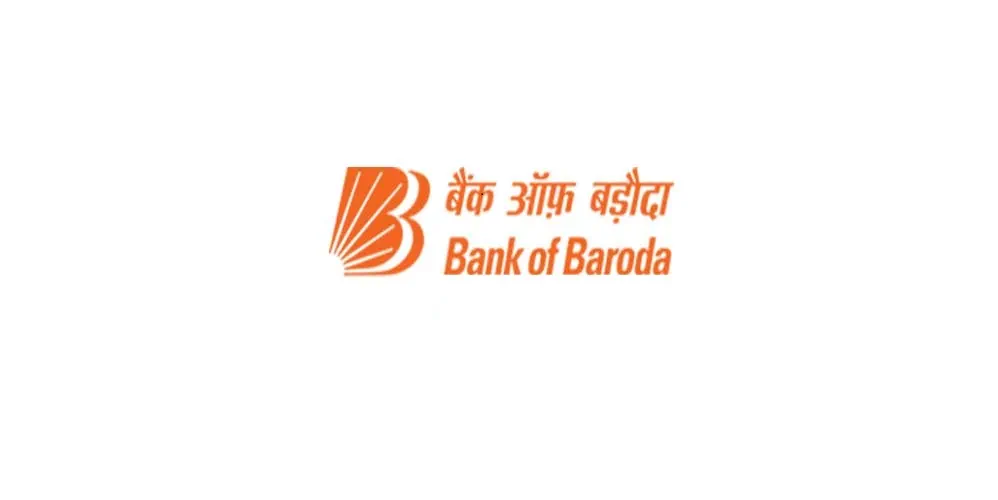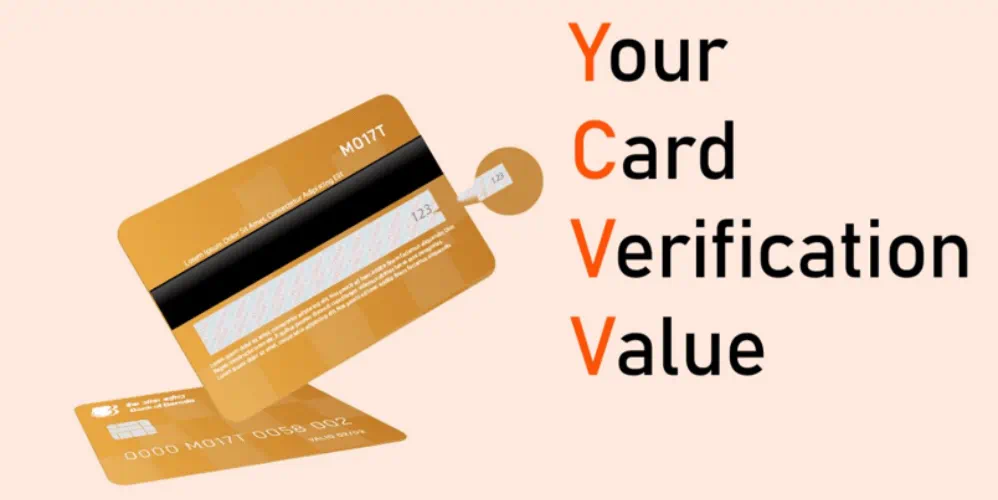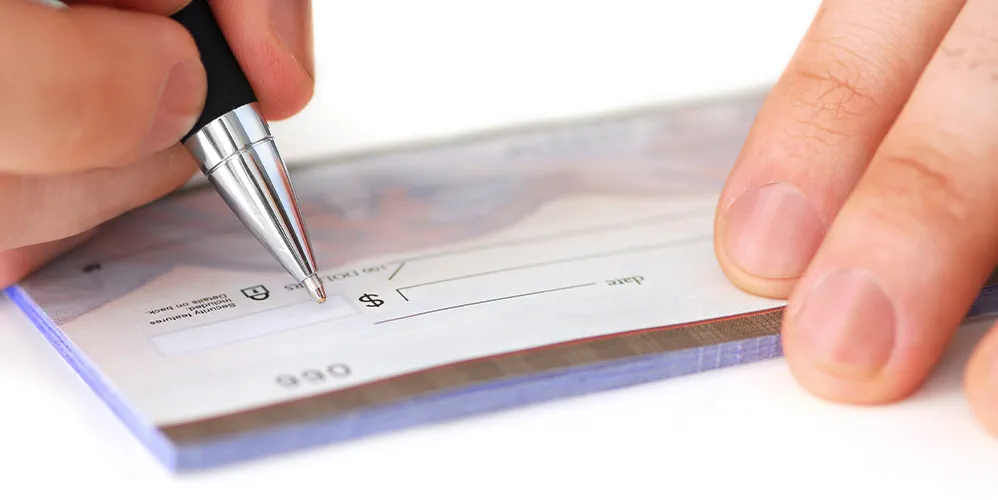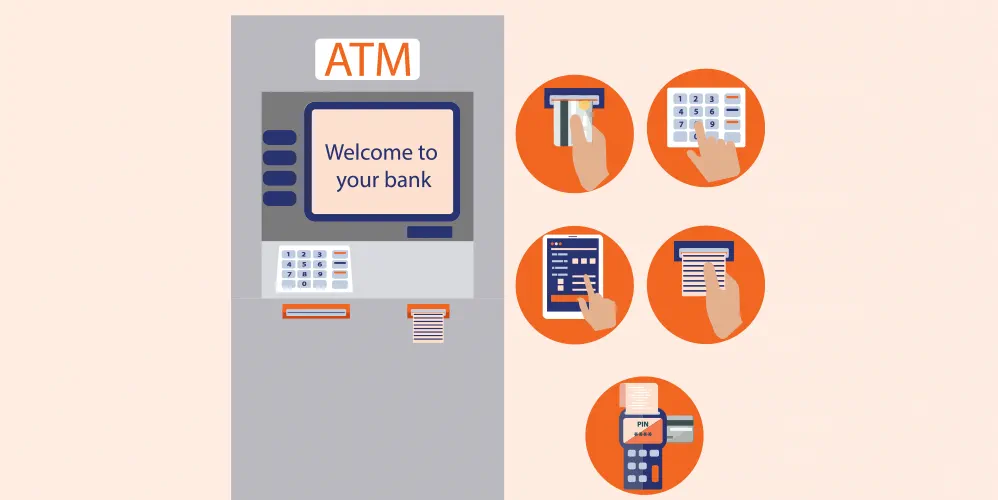
Understanding Gratuity: Your Complete Guide to Employee Benefits
12 जून 2024

Table of Content
In the complex landscape of employment benefits and compensations, the term "gratuity" frequently arises. Gratuity is a financial benefit offered to employees as a gesture of gratitude for their unwavering commitment and service. This comprehensive guide will thoroughly examine the concept of gratuity, delving into its definition, eligibility requirements, calculation methodology, and the significance of comprehending this essential employment benefit.
What is Gratuity?
In simple terms, let us answer the question of “what is gratuity?”. The term ‘gratuity’ refers to a sum of money given as a token of appreciation for the services rendered. It is a monetary token of appreciation that employers bestow upon their employees in recognition of their long-standing service. It acts as a financial safeguard for employees during their retirement or departure, honoring their dedication and allegiance to the organization. Gratuity is a component of an employee’s gross salary. It is not paid regularly, but in lump-sum when the employee is leaving the organization. Gratuity is calculated based on the employee’s salary, and it differs from person to person, based on the company’s policies.
What are the rules of Gratuity?
The Payment of Gratuity Act, 1972 regulates the payment of gratuity to employees engaged in diverse sectors such as factories, oilfields, mines, ports, railway companies, plantations, shops, and various other establishments. This act lays down the foundation for determining eligibility requirements, calculation methods, and other crucial aspects pertaining to gratuity for workers in these designated sectors. This act also mandates the gratuity rules. The rules pertaining to Gratuity are as mentioned below:
An organization must employ 10 or more individuals: Gratuity is applicable to organizations that employ 10 or more individuals on any given day within the preceding 12 months. Even if the number of employees subsequently drops below 10, the organization remains obligated to pay gratuity according to the Act's regulations.
An employee must complete 5 years in the organization: To be eligible for gratuity, an employee must have completed 5 continuous years of service. However, this requirement is waived in cases of an employee's death or disability. For calculating the 5-year period, a year is considered to consist of 240 working days for employees in organizations that do not involve underground work. For employees working in mines or other similar fields, a year is considered to consist of 190 days. This rule is to inspire the employee to work longer in an organization.
Gratuity is not only paid during retirement: As per the rules under the Payment of Gratuity Act, 1972, an employee can avail gratuity upon:
- Retirement
- Resignation
- Death
- Disablement
- Termination
How to Calculate Gratuity Amount?
A clear understanding of the eligibility criteria and gratuity calculation is crucial for both employers and employees, as gratuity is a substantial retirement benefit. The Payment of Gratuity Act of 1972 does not specify a fixed percentage to be paid to employees. Instead, the Gratuity formula is employed to determine the gratuity amount payable to employees.
The Gratuity Calculation Formula is as given below:
(15 x Last Drawn Salary x Number of Years of Service) / 26
- 15 refers to 15 days’ wages per year, which is the gratuity payable.
- The last drawn salary includes the basic salary of the employee along with dearness allowance (DA).
- 26 refers to 30 days in a month minus four Sundays.
Gratuity Eligibility Criteria
Employees are entitled to gratuity under the following circumstances:
- Upon retirement from their service.
- Upon eligibility for superannuation.
- Upon resignation after completing 5 continuous years of service with the same organization.
- In case of an employee's demise or disability caused by illness or accident.
Role of Gratuity in an Employee’s Salary
Gratuity is a mandatory payment that employers are bound to make to their employees as a token of appreciation for their dedicated service. The employer must comply with the rules of the Gratuity Act while paying gratuity to his/her employees. The Act outlines the eligibility requirements, the calculation mechanism for gratuity based on salary, and the payment terms. Employers governed by the Act must adhere to these guidelines when determining and disbursing gratuity to employees. The gratuity contribution is solely borne by the employer.
How to get the Gratuity Amount?
Now that we have understood what Gratuity is and seen its eligibility criteria, let us take a look at the steps to be followed in order to claim the gratuity amount:
- To initiate the gratuity payment process, the employee must submit a formal application to the employer.
- Upon receiving the application, the employer acknowledges it, calculates the gratuity amount, and sets in motion the subsequent steps.
- The employer is obligated to settle the gratuity payment within 30 days of acknowledging the application.
Is Gratuity Taxable?
If any employee receives gratuity during his service, then it is fully taxable as income in his hands under the Income Tax Act, 1961 (‘the Act’). However, if gratuity is received in case of death, retirement, or resignation and certain other cases, then tax exemption is provided under section 10(10) of the Act.
In conclusion, gratuity is a valuable component of an employee's overall compensation package. It provides financial security, acknowledges their dedication to the organization, and fosters a sense of appreciation and loyalty. As employers and employees navigate the intricacies of gratuity, understanding the eligibility criteria, calculation method, and legal aspects is essential for ensuring a smooth and transparent process.
Popular Articles
Related Articles



What is CVV on a Debit Card? Understanding Its Importance and Security Features


How to Update Your FASTag KYC: Step-by-Step Guide for Online & Offline Methods




The Importance of Pension Funds: Secure Your Future with Steady Retirement Income

-
डिस्क्लेमर
इस लेख/इन्फोग्राफिक/चित्र/वीडियो की सामग्री का उद्देश्य केवल सूचना से है और जरूरी नहीं कि यह बैंक ऑफ बड़ौदा के विचारों को प्रतिबिंबित करे। सामग्री प्रकृति में सामान्य हैं और यह केवल सूचना मात्र है। यह आपकी विशेष परिस्थितियों में विशिष्ट सलाह का विकल्प नहीं होगा । बैंक ऑफ बड़ौदा और/या इसके सहयोगी और इसकी सहायक कंपनियां सटीकता के संबंध में कोई प्रतिनिधित्व नहीं करती हैं; यहां निहित या अन्यथा प्रदान की गई किसी भी जानकारी की पूर्णता या विश्वसनीयता और इसके द्वारा उसी के संबंध में किसी भी दायित्व को अस्वीकार करें। जानकारी अद्यतन, पूर्णता, संशोधन, सत्यापन और संशोधन के अधीन है और यह भौतिक रूप से बदल सकती है। इसकी सूचना किसी भी क्षेत्राधिकार में किसी भी व्यक्ति द्वारा वितरण या उपयोग के लिए अभिप्रेत नहीं है, जहां ऐसा वितरण या उपयोग कानून या विनियमन के विपरीत होगा या बैंक ऑफ बड़ौदा या उसके सहयोगियों को किसी भी लाइसेंसिंग या पंजीकरण आवश्यकताओं के अधीन करेगा । उल्लिखित सामग्री और सूचना के आधार पर किसी भी वित्तीय निर्णय लेने के लिए पाठक द्वारा किए गए किसी भी प्रत्यक्ष/अप्रत्यक्ष नुकसान या देयता के लिए बैंक ऑफ बड़ौदा जिम्मेदार नहीं होगा । कोई भी वित्तीय निर्णय लेने से पहले अपने वित्तीय सलाहकार से सलाह जरूर लें।
Understanding Bounced Cheques: Definition, Consequences, and Fees
In simpler terms, a dishonoured cheque also called as bounced cheque is the one that gets rejected by the bank due various financial and non-financial reasons such as lack of funds in the account, incorrect date, signature mismatch etc. In simpler terms, a dishonoured cheque also called as bounced cheque is the one that gets rejected by the bank due various financial and non-financial reasons such as lack of funds in the account, incorrect date, signature mismatch etc. This usually happens for a variety of reasons. When a cheque bounces, the bank may charge fees to the person who wrote the cheque (the issuer). Bouncing cheques repeatedly can hurt your credit score and make it harder to do business in the future. There can even be legal trouble / implications, if the cheque was dishonoured or returned unpaid for want of funds / insufficient funds.
Understanding MICR: Full Form, Meaning, and Its Role in Banking
While using cheque books, you must have noticed those magnetic code bars at the bottom of every cheque leaf. Those bars are unique ink codes that act as a special language that can only be understood and decoded by bankers. This is known as the MICR code. MICR stands for Magnetic Ink Character Recognition. It is a technology that involves the use of magnetic ink and special characters to process and verify the legitimacy of cheques. Introduced by the Reserve Bank of India, MICR technology has revolutionized the way banks process cheques and other financial documents. Read further to know more about MICR meaning in banking.

